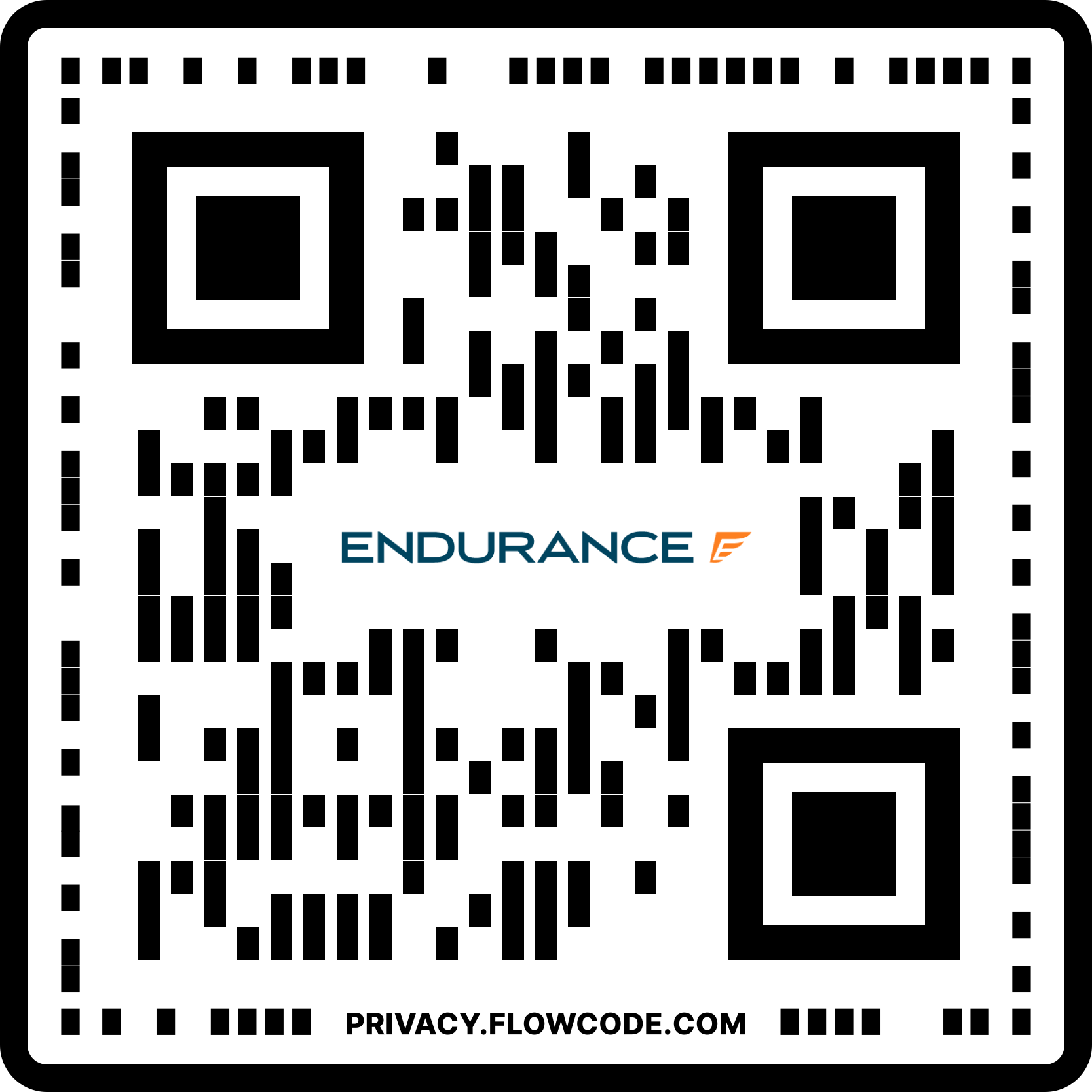Get this deal! Call now.
Speak with a vehicle protection plan specialist and get $300 off any new contract instantly.
Call 866-678-4172
or scan the code below


Before investing in an auto protection plan or filing an extended warranty claim with your provider, find out who really sells and manages these contracts and what the associated terminology means. For example, an auto warranty agency can sell vehicle service contracts and also be the direct administrator that handles the claims process. Some companies can instead be brokers, acting as the go-between that connects buyers with other third-party providers or insurance companies that sell the warranties. Keep reading to learn more.
Seller or Broker: Any organization or auto warranty agency that sells extended car warranties or vehicle service contracts (VSCs). Sellers can be an auto manufacturer, car dealership, or an independent third-party or insurance broker. The seller and the contract’s administrator can also be the same company, like Endurance Warranty Services.
Administrator: This is the company that processes claims and provides customer support. Administrators ensure the terms of the agreement are met and the exclusions are followed. They also coordinate with auto technicians to schedule the repair work and then arrange for payments to be sent to the repair shop or the vehicle owner as reimbursement.
Obligor vs. Administrator: An obligor is legally responsible for fulfilling the terms of an auto protection plan or vehicle service contract and disbursing the funds for an approved claim. The obligor can be the contract’s provider (like a third-party administrator), a dealer (dealer-obligor), or an insurance company. Hence, a contract obligor can also be a direct administrator.
Service Contract Insurer: A separate insurance company that provides the financial protection/backing (i.e., the insurance policy) to the obligor to cover the potential repair costs under a service contract. An insurance company can also sell extended car warranties, either directly or by underwriting them through a third-party insurance provider.
If your motor vehicle’s original factory warranty has expired, you can still safeguard your vehicle with additional coverage. Learn more about the benefits and drawbacks of each contract type before you start shopping for plans.
Pros:
Cons:
Pros:
Cons:
Pros:
Cons:
Vehicle owners with active factory warranties are limited to using service centers within their manufacturer’s authorized shop network for covered repairs and maintenance. Often, the dealership’s service department will perform the work. On the other hand, drivers who have third-party vehicle service contracts may be able to use any certified repair shop for authorized repairs.
Additionally, active manufacturer warranties will typically cover the labor costs associated with eligible repairs. However, a labor cost limit may be listed within the terms of an extended warranty or vehicle service contract. What does that mean? If an auto shop charges $150 per hour for labor, and your contract states it will only pay $100 per hour, then you are responsible for paying the $50 per hour difference.
Your service agreement will also specify which parts auto technicians can use for repairs. Typically, manufacturer-back contracts will only permit the use of OEM parts. However, other third-party warranties—whether purchased from a dealership or independently—may allow the use of aftermarket parts as well.
To gain a clearer understanding of how money moves once you file an extended car warranty claim, consider the following claim’s process flow:
To speed up the process of filing an extended car warranty claim, ensure you have the following documents on hand:
Filing a claim for your extended car warranty or vehicle service contract shouldn’t be stressful. At Endurance, our goal is to make the process as easy as possible. Since we are both the seller and direct administrator for most of our plans, you typically won’t have to deal with any third parties—we handle everything.
To learn more, reach out to an Endurance plan advisor at (800) 253-8203 or request a FREE quote. You can also see your price and plan recommendations right away through our convenient online store.
Read more insightful articles and FAQs on our extended warranty blog.

We've received your vehicle information and will contact you shortly with your quote.
— OR —
Start shopping for a coverage plan now.

We're here to make sure you get the most comprehensive EV protection. That's why we've partnered with Xcelerate Auto to offer you transparent and dependable Tesla coverage.
Want us to contact you about XCare coverage for your Tesla?



Your protection is our top priority. Your quote is in progress and you will
receive a confirmation
email shortly.


Speak with a vehicle protection plan specialist and get $300 off any new contract instantly.

Call for $300 off any new plan!
By clicking the button, you consent to Endurance using automated technology to call, email, and text you using the contact info above, including your wireless number, if provided, regarding auto protection or, in California, mechanical breakdown insurance. You also agree to the Endurance Privacy Policy and Terms and Conditions. Consent is not a condition of purchase, and you can withdraw consent at any time. Message and data rates may apply.


Speak with a vehicle protection plan specialist and get $300 off any new contract instantly.
Call 866-678-4172
or scan the code below



Simply fill out the information below and we will follow up fast with your free no-obligation quote.
By clicking the button, you consent to Endurance using automated technology to call, email, and text you using the contact info above, including your wireless number, if provided, regarding auto protection or, in California, mechanical breakdown insurance. You also agree to the Endurance Privacy Policy and Terms and Conditions. Consent is not a condition of purchase, and you can withdraw consent at any time. Message and data rates may apply.

To speak to a vehicle protection plan specialist and get $300 off any new contract instantly
Scan the code below
Alex has worked in the automotive service industry for over 20 years. After graduating from one of the country’s top technical schools, he worked as a technician achieving a Master Technician certification. He also has experience as a service advisor and service manager. Read more about Alex.